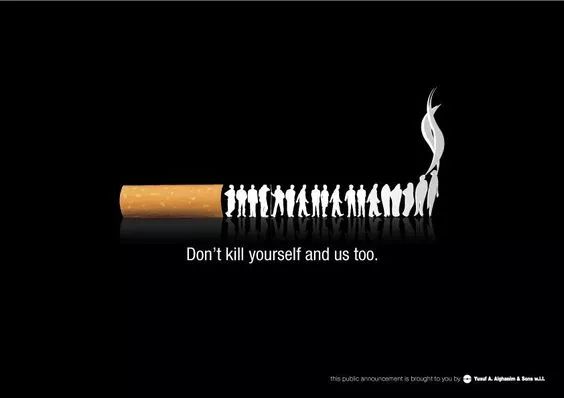The Cost of Smoking-Related Diseases: Why Prevention Matters
Introduction
Smoking remains one of the leading causes of preventable diseases and deaths worldwide. Despite widespread awareness of its dangers, millions continue to smoke, leading to severe health complications, financial burdens, and societal costs. This article explores the economic and health impacts of smoking-related diseases and emphasizes why prevention is crucial for individuals and society.
The Health Consequences of Smoking
1. Respiratory Diseases
Smoking is a primary cause of chronic obstructive pulmonary disease (COPD), emphysema, and lung cancer. The toxic chemicals in cigarettes damage lung tissues, leading to reduced lung function and chronic breathing difficulties.
2. Cardiovascular Diseases
Smoking increases the risk of heart disease, stroke, and hypertension. Nicotine and carbon monoxide strain the heart, while tar buildup in arteries leads to atherosclerosis (narrowing of blood vessels).
3. Cancer Risks
Beyond lung cancer, smoking is linked to cancers of the mouth, throat, esophagus, pancreas, bladder, and more. Carcinogens in tobacco damage DNA, increasing tumor growth.
4. Weakened Immune System
Smokers are more susceptible to infections like pneumonia and tuberculosis due to weakened immune responses.

The Economic Burden of Smoking
1. Healthcare Costs
Treating smoking-related illnesses places a massive strain on healthcare systems. Hospitalizations, medications, and long-term care for conditions like COPD and cancer cost billions annually.
- Direct Costs: Medical expenses for treating smoking-related diseases.
- Indirect Costs: Lost productivity due to illness or premature death.
2. Workplace Productivity Loss
Smokers take more sick days and have higher disability rates, reducing workforce efficiency. Employers face increased insurance premiums and absenteeism-related losses.
3. Societal Impact
Taxpayers bear the burden of public healthcare expenditures for smoking-related treatments. Additionally, secondhand smoke exposure increases medical costs for non-smokers.
Why Prevention is Essential
1. Reducing Healthcare Expenditures
Preventing smoking through education and policy changes can significantly lower medical costs. Anti-smoking campaigns and cessation programs save money by reducing disease rates.
2. Improving Quality of Life
Quitting smoking enhances life expectancy and reduces chronic pain, breathing difficulties, and disability risks.
3. Economic Benefits
A healthier population means a more productive workforce, lower insurance costs, and reduced strain on public health systems.
4. Protecting Non-Smokers
Strict smoking bans in public spaces reduce secondhand smoke exposure, preventing illnesses in non-smokers, especially children.
Effective Prevention Strategies
1. Public Awareness Campaigns
Governments and NGOs must invest in anti-smoking ads highlighting health risks and financial costs.
2. Higher Tobacco Taxes
Increasing cigarette prices discourages smoking, especially among youth and low-income groups.
3. Smoking Cessation Programs
Providing free or subsidized nicotine replacement therapies (patches, gum) and counseling helps smokers quit.
4. Strict Advertising Bans
Prohibiting tobacco advertising reduces youth exposure to smoking promotions.
5. Smoke-Free Policies
Enforcing smoke-free laws in workplaces, restaurants, and public areas protects non-smokers and encourages smokers to quit.
Conclusion
The cost of smoking-related diseases extends beyond individual health—it burdens economies, healthcare systems, and societies. Prevention through education, policy changes, and cessation support is the most effective way to reduce these costs. By prioritizing anti-smoking measures, we can save lives, improve public health, and create a more sustainable future.











